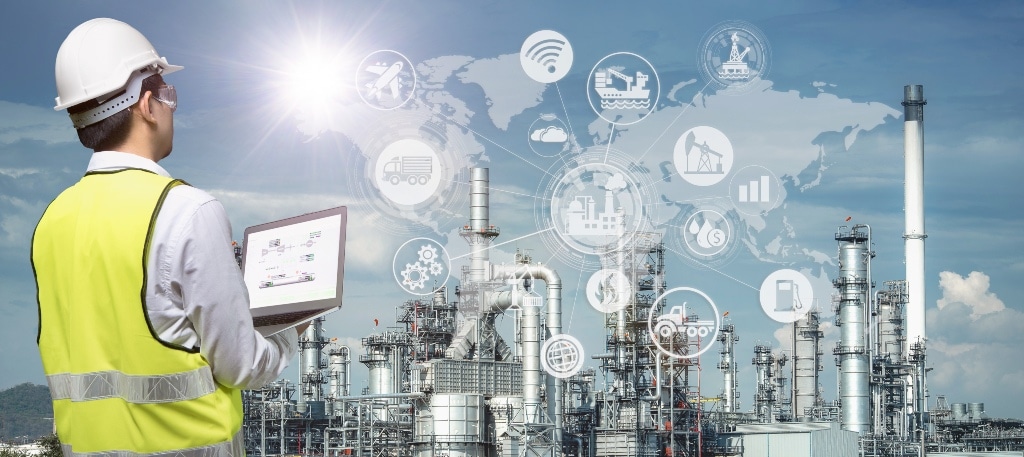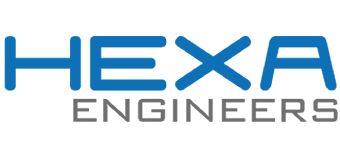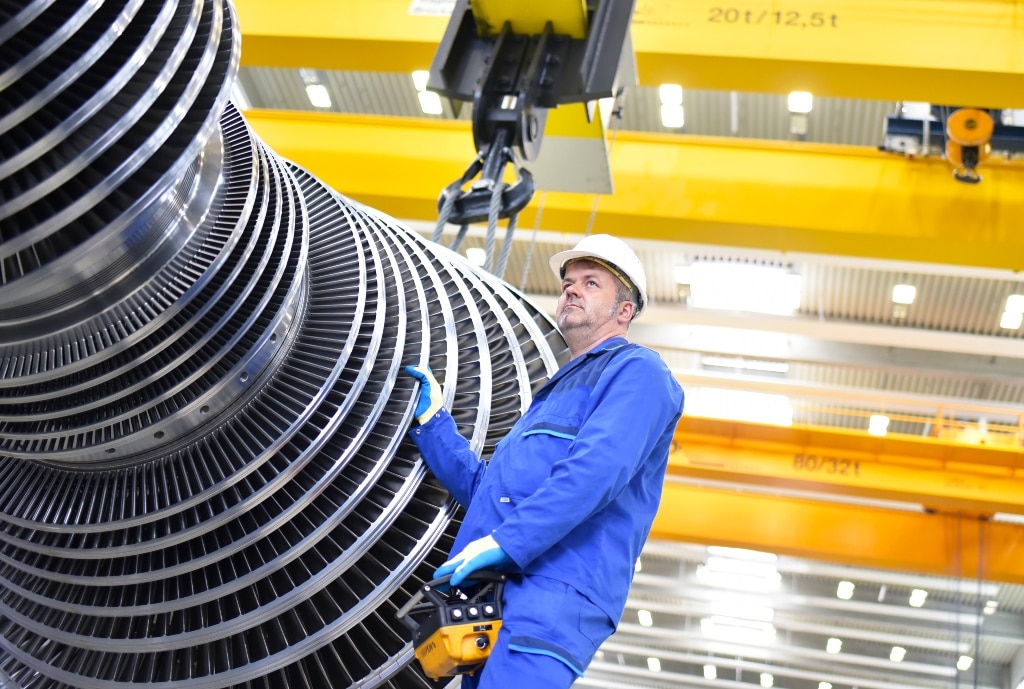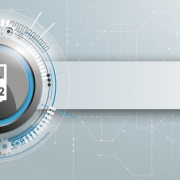Industry 4.0 in energy production
The technology has been increasingly adopted by all major industrial sectors in recent years, and the energy industry is no exception. Technological innovation is no longer associated solely with the replacement of documentation by automated electronic systems. The next step is the reinvention of the ways in which energy and utilities companies do business, engage their customers and interact with them. It is about Energy 4.0, a very fashionable term that is used to denote the digital revolution in this particular industry.
Although Industry 4.0 is a well-known notion in the world of manufacturing, this fourth industrial revolution incorporates automation and data that is used to optimize production, improve flexibility and efficiency within a smart factory environment. Adopting digital technologies since the 1970s, the energy and utilities sector are embracing emerging innovations such as the Internet of Things, data science, machine learning, and the cloud. The digital revolution, known as Energy 4.0, involves these advances to build smart grids, manage renewable energy, and distributed generation.
At the same time, hardware manufacturers and software development companies have accumulated experience in creating and integrating business-driven solutions with huge corporate systems, with an emphasis on internal reliability and green security.
For this reason, with the decrease in costs and the growth of technologies at an exponential rate, digitization presents opportunities for Energy 4.0 companies to establish new business models and sustainable strategies for energy production and supply.
The Internet of Things in the energy sector
The IoT sector is expected to reach a global market value in excess of € 26 billion by the end of 2020. One of the main drivers here is the digital transformation of energy sector operations. In the mining, oil and gas industries, Internet of Things solutions incorporate machines and data analytics to meet operational efficiency requirements set by energy companies. Actionable data helps improve decision making, reduce vulnerabilities and risk factors. Their supply chains are also increasingly influenced by digitization, which also positively affects related industries.
New IoT trends have emerged in manufacturing in the past five years. Drones and IoT sensors are used to inspect facilities and lines. Smart grid meters provide up-to-the-minute data on demand for oil, gas, water and electricity. IoT devices can also monitor changes in temperature, humidity, and vibrations, making it possible to prevent equipment failure and increase human safety.
The opportunities are increasingly limitless and the future of the IoT in this sector will be defined by the energy companies and software development companies that build these pioneering solutions and bring them to market.

Digital twin technology
Digital twin technology is among the top strategic trends and has been embraced by a growing range of industries since its original development by NASA. A digital twin is nothing more than an advanced duplicate that models a real-life object or process without replacing it. The digital twin, through the use of information gathered from IoT systems attached to its physical twin, enables an organization to monitor key performance indicators. The goal is to feed the data into machine learning systems that can then alert operators to potential problems, expected costs, and the benefits of available options to fix the situation.
Around half of operations running IoT systems currently use digital twins. For example, the oil company BP uses digital twins to model the production of new oil fields. General Electric has more than one million digital twins deployed, controlling more than 70% of jet engines currently in use around the world. These processes will also find more currency as the smart factory trend advances.
Smart energy as part of the smart city
Increasing urbanization globally has made cities a zero point for the re-examination of environmental policies. By implementing IoT technologies, smart cities aimed to increase the quality of life and reduce energy consumption. City companies, policy makers and entrepreneurs will work together to see that urban areas play their part in the energy revolution. And it is on the side of companies where to carry out a digital transformation appropriate to what current times mark, it must go hand in hand with a consultancy specialized in the energy sector such as HEXA Ingenieros.
There are already hundreds of European cities that have come together to develop protocols for the digitization of energy sector operations in smart cities. This union has been made under the umbrella of the European Innovation Association for Smart Cities and Communities.
Utilities will plan to work with initiatives like this to create a vision for smart cities and infrastructure, such as smart parking. This includes the review of assets and capabilities to provide services within the emerging business model. Processes should be in place to ensure that public-private partnerships deliver shared value to citizens and stakeholders. This includes getting serious about attracting businesses and cities to programs, researching ideas and creating sustainable business models. And in this new paradigm, companies working in the energy sector cannot afford to take false steps if they do not want to be left out.
The blockchain and smart contracts
Blockchain technologies, particularly smart contracts, have the potential to make end-to-end power delivery simpler and more efficient. This includes accounting for emissions and ensuring that the energy supply actually comes from the sources attached to the contracts. Executed trades can be confirmed and automatically recorded on the blockchain, significantly reducing delays and settlement costs. Emerging markets could use blockchain to acquire finance, enable transactions, and promote transparency.
Blockchain technologies continue to grow and are getting closer to being robust enough to support projects in large markets. Mind you, it already works robustly across multiple industries, including energy and utilities, delivering benefits like automation, security, and the ability to audit.









